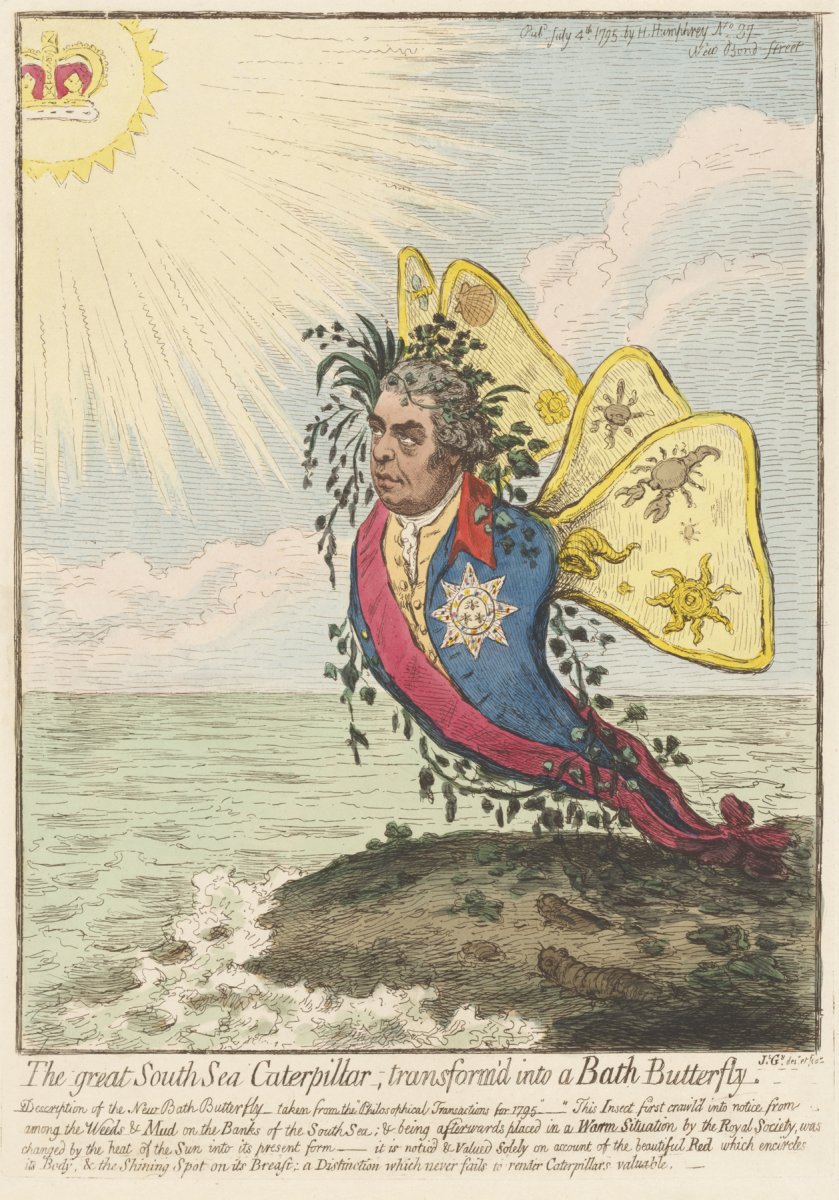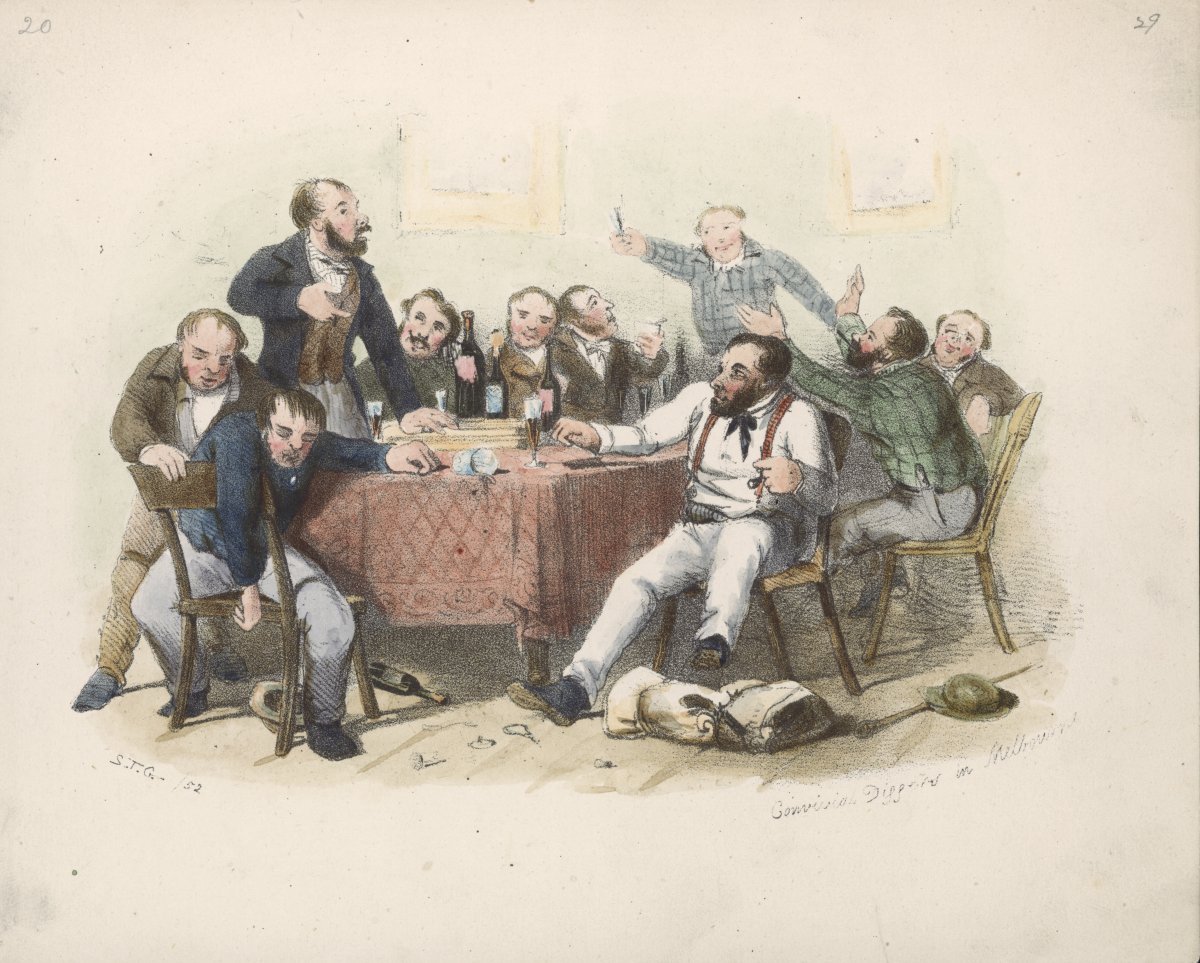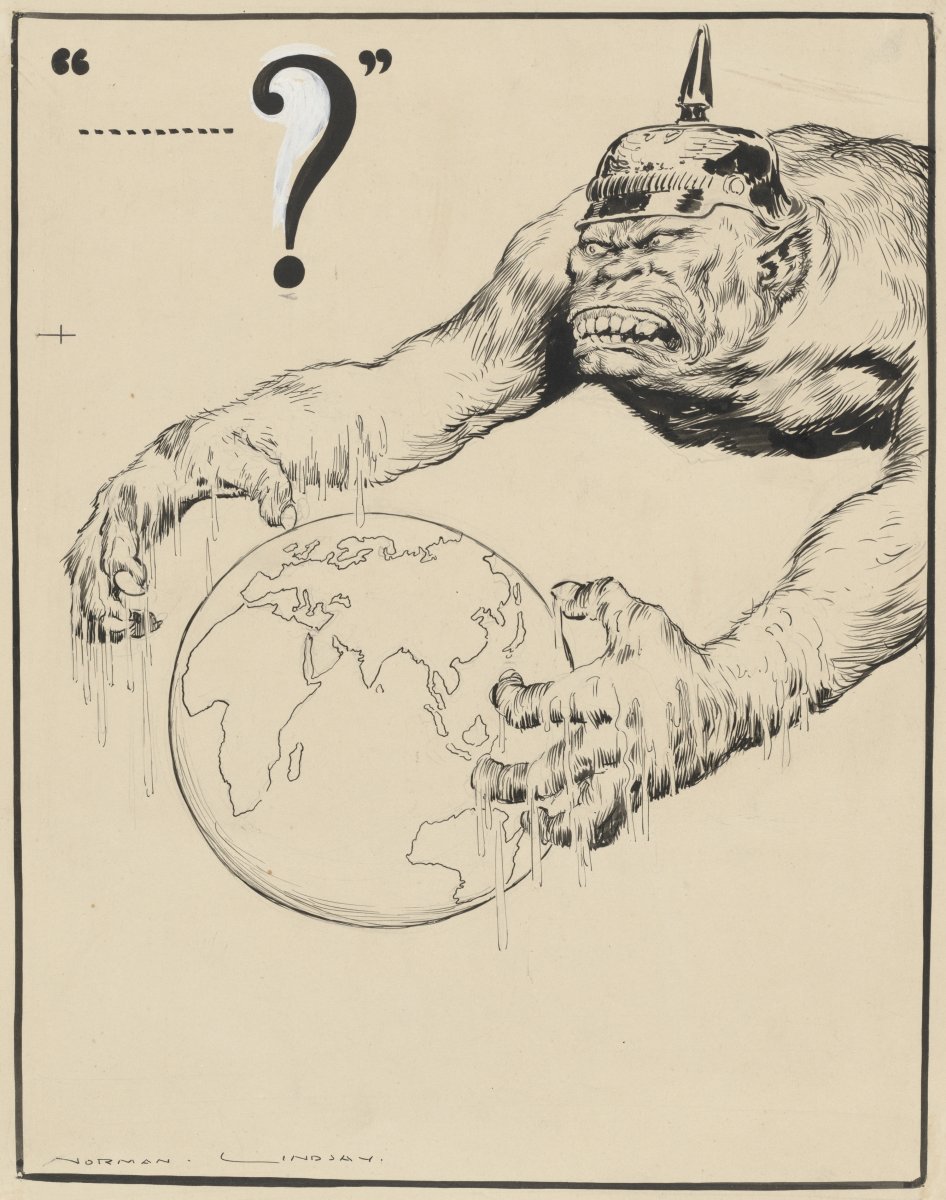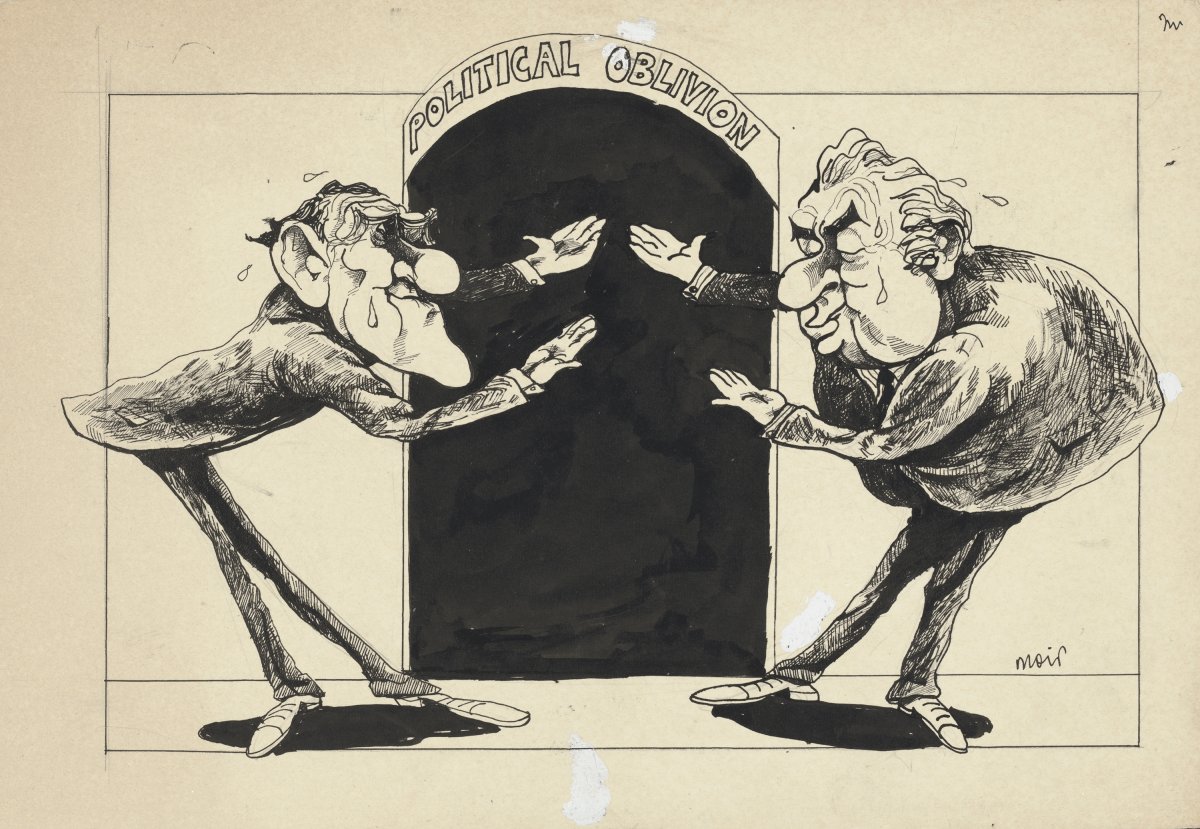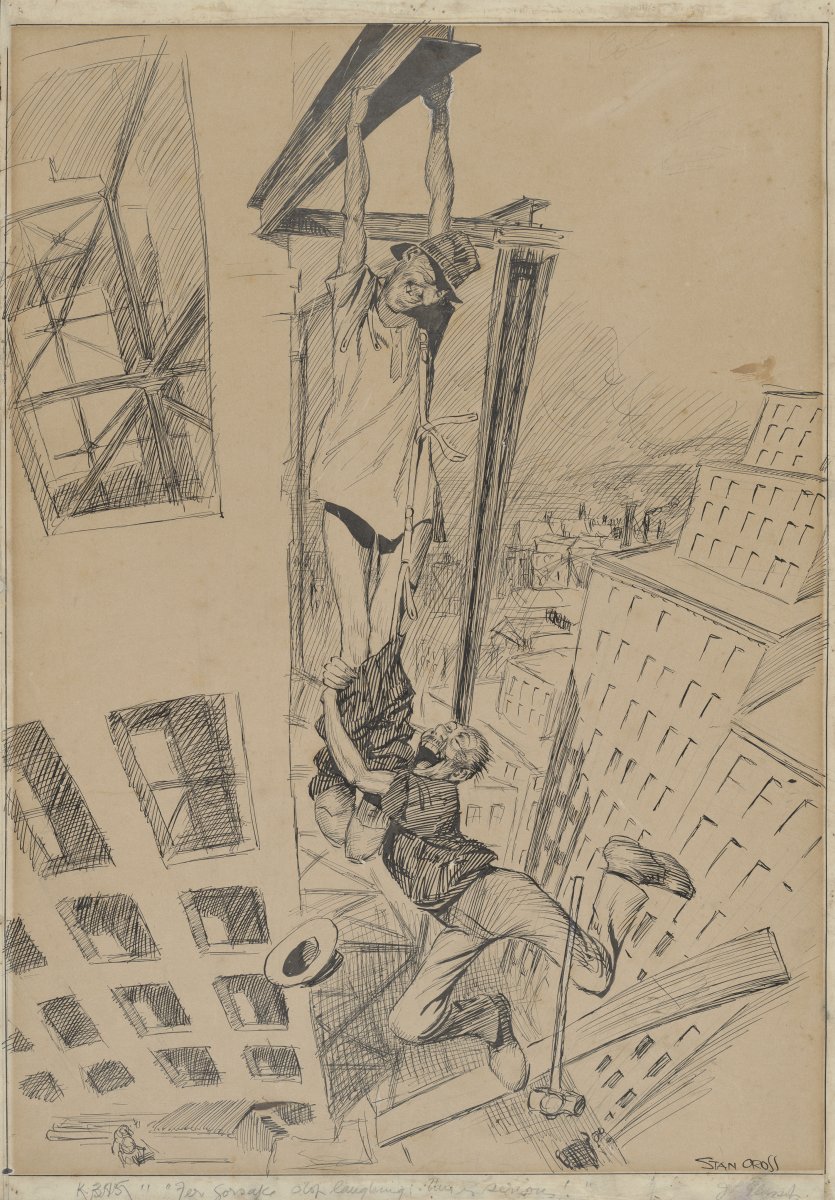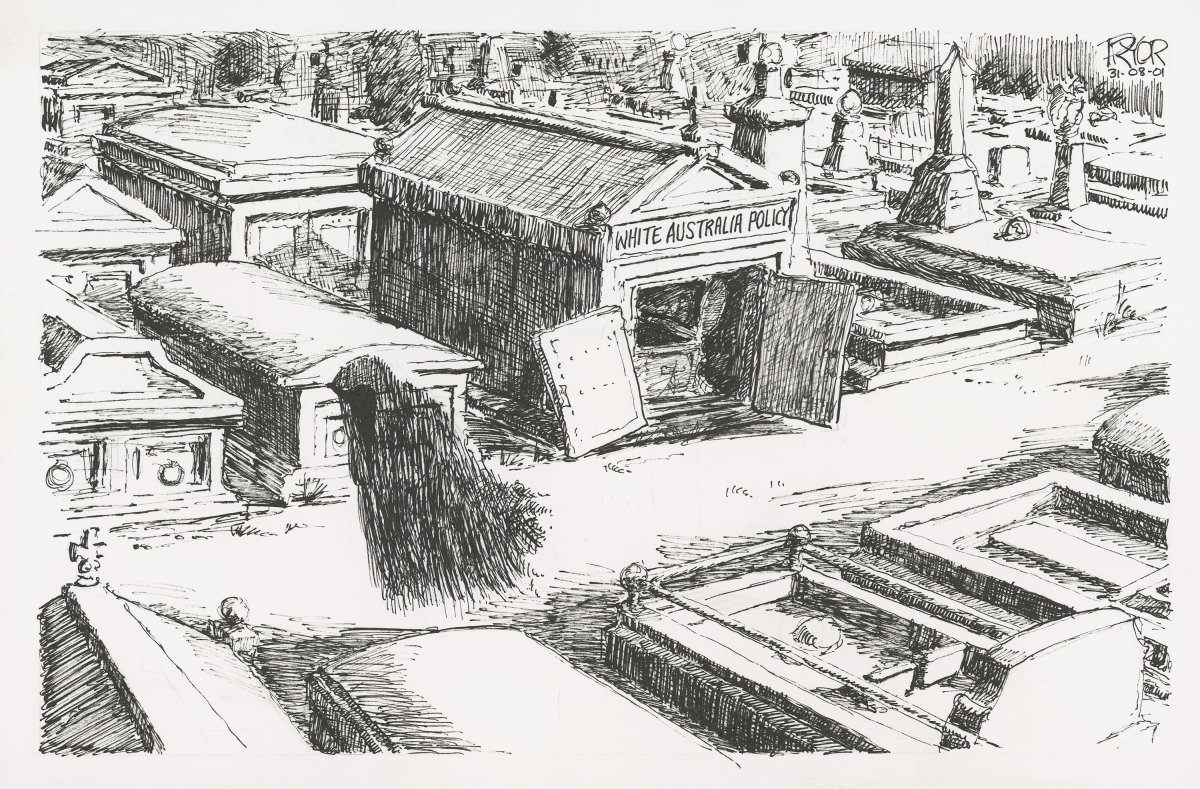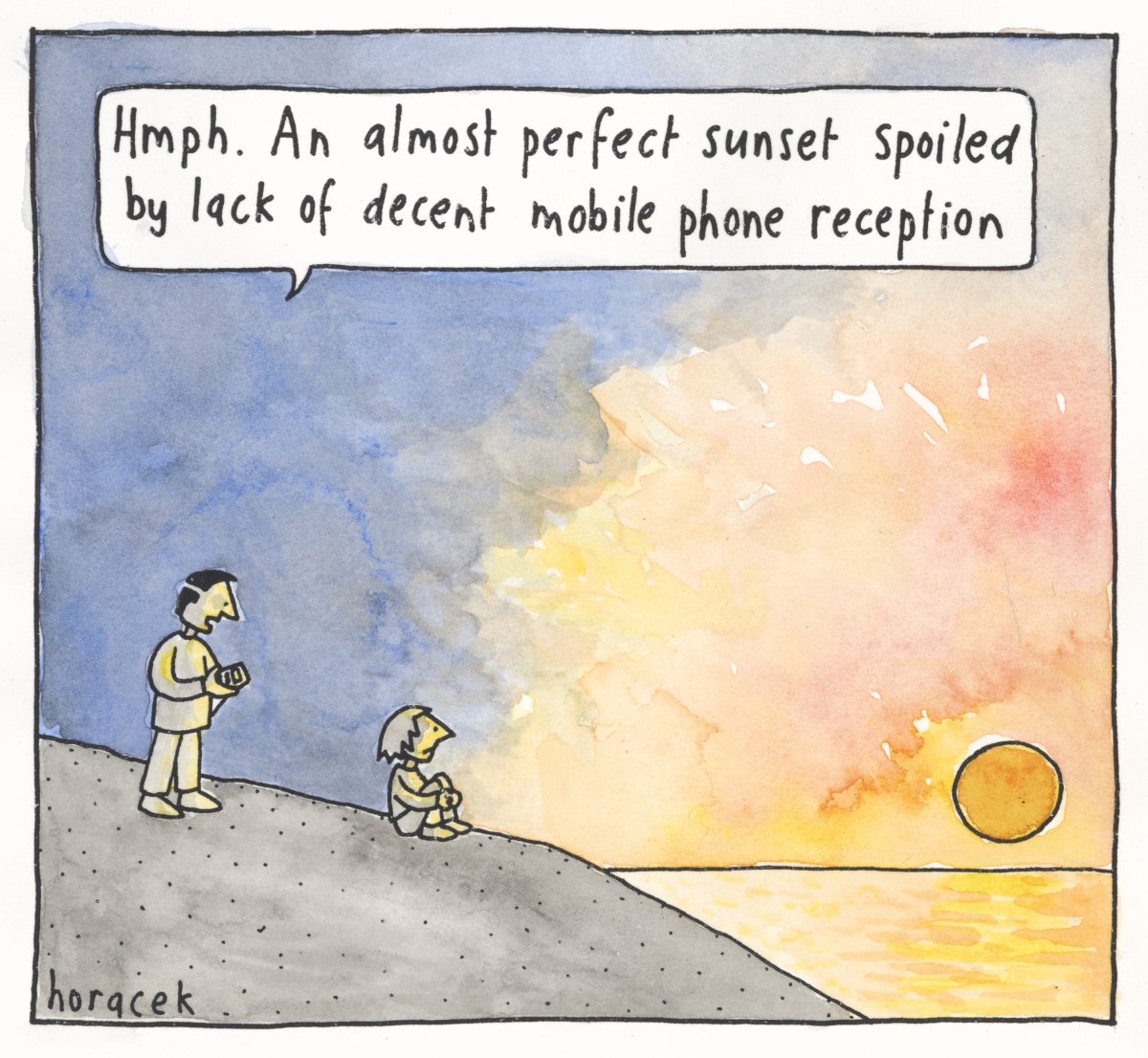Cartoons are more than just visual gags which provide a momentary diversion. Like the work of filmmakers, writers and journalists, they hold up a mirror to Australia and invite us to reflect on what is going in our society. They help generate the cultural capital which makes our society work. At their very best they capture the zeitgeist or puncture the spin of politicians. Please enjoy this journey through Australian history with some of the best cartoons from the collections of the National Library of Australia.
Bound for Botany Bay
James Gillray (1756 – 1815)
The great south sea caterpillar, transform'd into a Bath butterfly 4 July 1795
Pictures Collection
nla.cat-vn786089
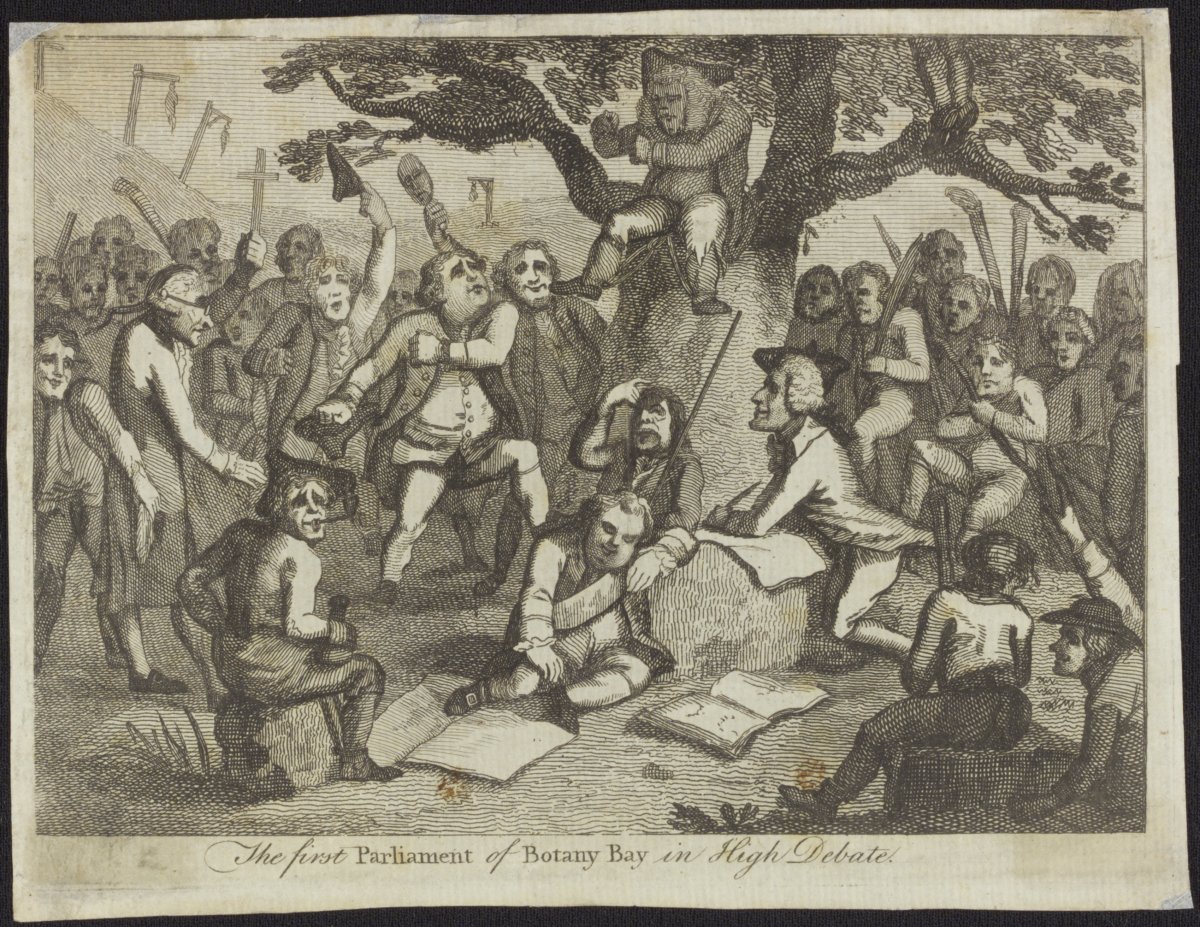
The first parliament of Botany Bay in high debate 1786
Pictures Collection
nla.cat-vn1140381
When the First Fleet arrived in 1788, it carried more than the convicts, soldiers and sailors required to start a penal settlement. It also brought with it the values and mores of eighteenth-century British culture. This included the Georgian craze for satire and caricature. While it would be some time before satirical prints could be produced in Sydney, enterprising officers, troops and convicts were able to circulate their own sketches and illustrations for the amusement of their fellow colonists.
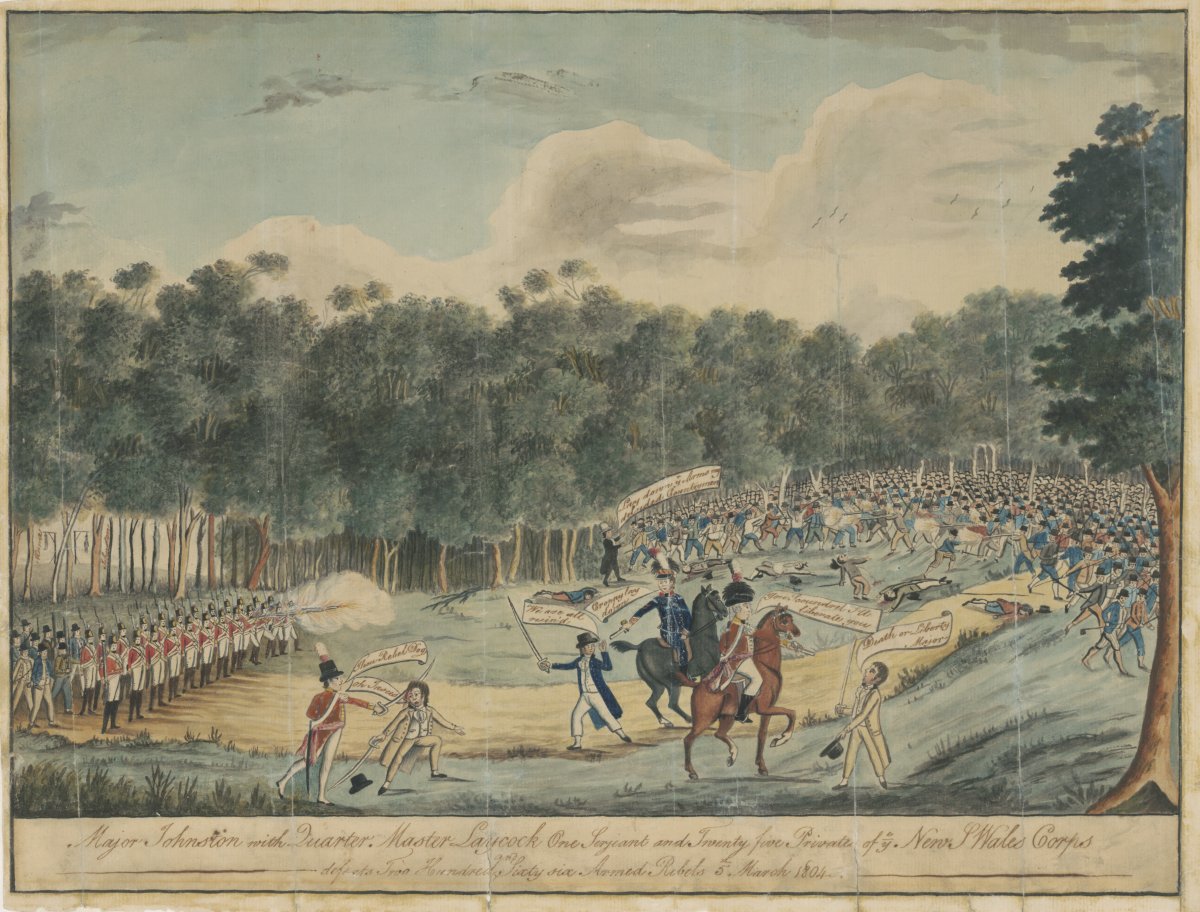
Convict uprising at Castle Hill in 1804 1804
Pictures Collection
nla.cat-vn194121
Young Australia
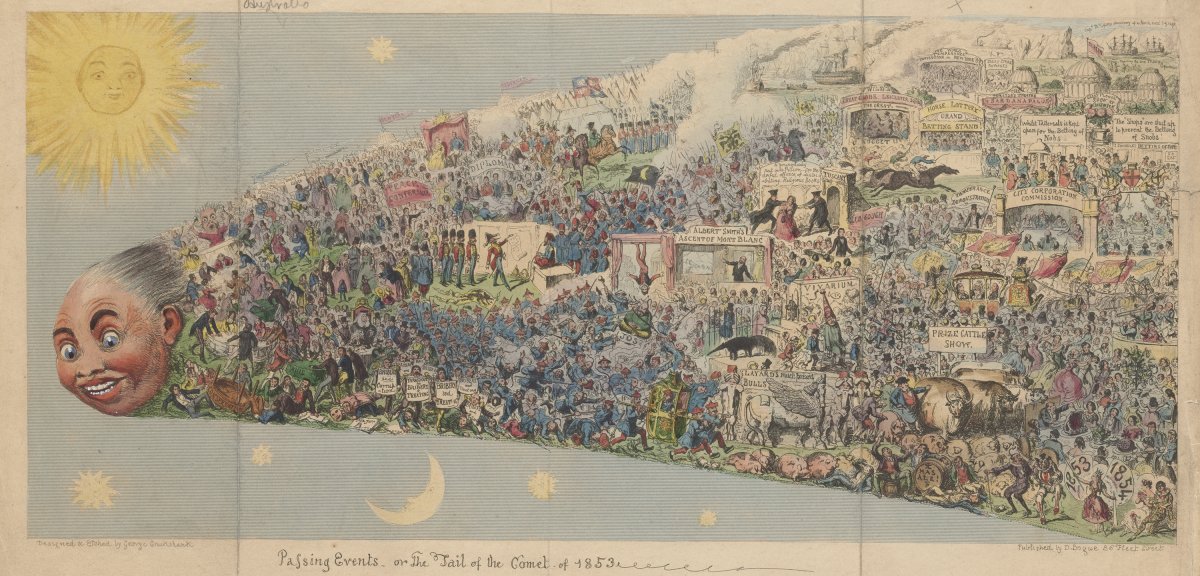
George Cruikshank (1792 – 1878)
Passing events, or, The tail of the comet of 1853 1853
Pictures Collection
nla.cat-vn1141593
By the 1850s Australian had transcended its convict origins. Free settlers now outnumbered convicts, and a strong pastoral economy was developing. The discovery of gold made the colonies an attractive destination for migrants from around the world. With a rapidly growing population and increasing prosperity, Australia developed a strong appetite for newspapers and magazines. New printing technologies allowed illustrations and cartoons to emerge as a key part of colonial print media. Journals such as Punch and The Bulletin provided ideal places to develop a rich visual vocabulary that celebrated an emerging Australian identity.
Samuel Thomas Gill (1818 – 1880)
Convivial diggers in Melbourne 1852
Pictures Collection
nla.cat-vn1977415
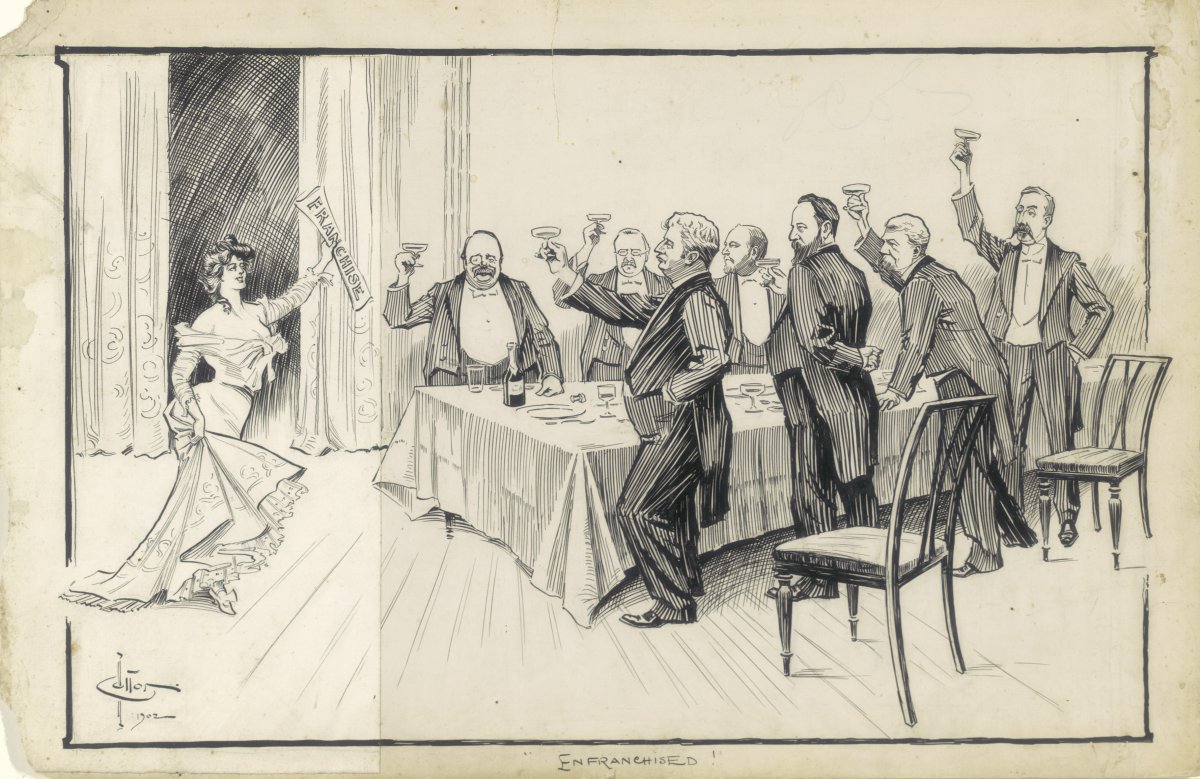
Herbert Cotton (1872 – 1931)
Enfranchised 1902
Pictures Collection
nla.cat-vn639710
War
While Federation marked the political union of Australia, the First World War provided an opportunity for cartoonists to define a new visual identity for Australia. Cartoonists helped develop an image of the Australian soldier as strong, resolute and loyal, but also deeply sceptical of authority. This archetype, which was almost exclusively male, presented the ‘digger’ as a pragmatic larrikin who got the job done. This tradition continued into the Second World War, where the nation’s visual identity became synonymous with soldiers in slouch hats.
Norman Lindsay (1879 – 1969)
Artwork for German Monster Poster 1918?
Pictures Collection
nla.cat-vn2169576
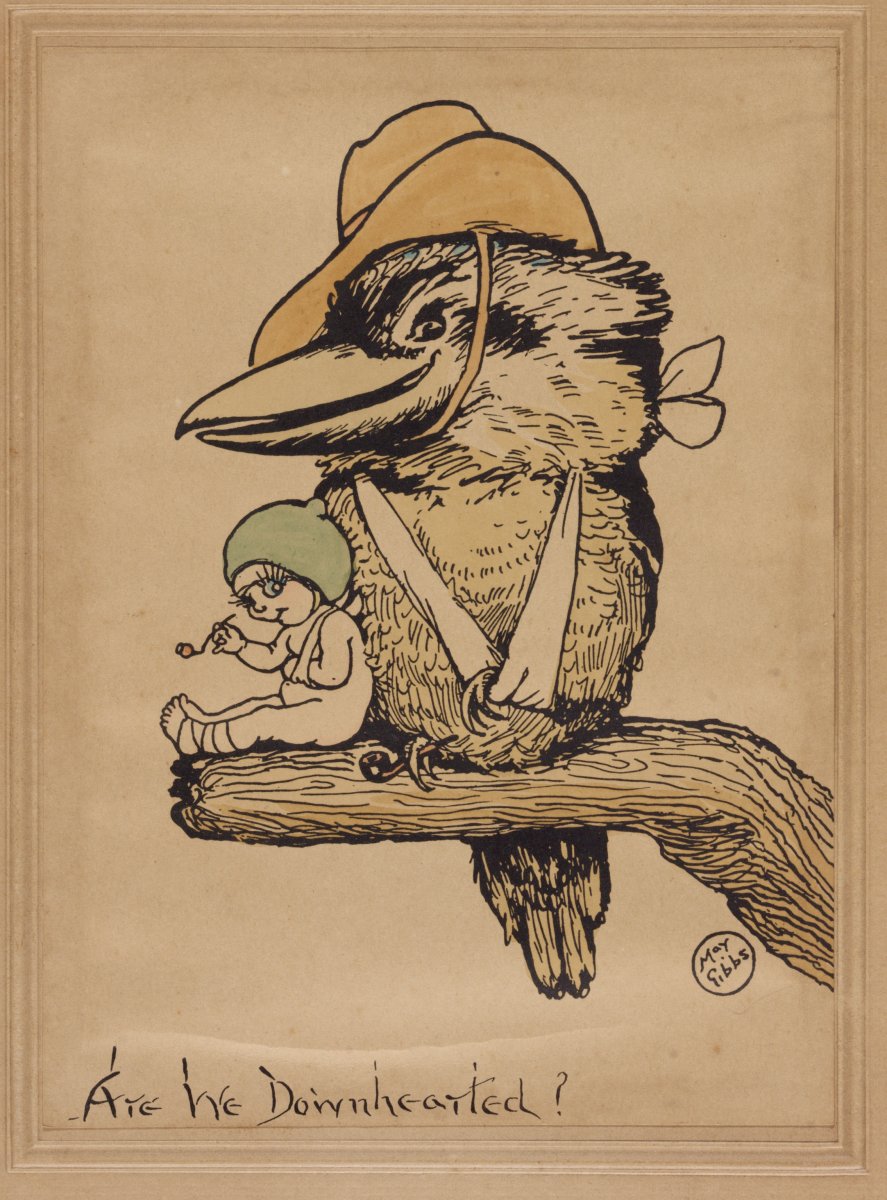
May Gibbs (1877 – 1969)
Are We Downhearted? ca. 1915
Pictures Collection
nla.cat-vn620146
Leaders
Caricatures of political leaders is a mainstay of cartooning. Cartoonists have always risen to the challenge of capturing the personalities and the political foibles of our prime ministers. Sometimes frivolous and fun, and at other times penetrating in their analysis, these cartoons provide a record of some of the key figures in Australia’s political history.
Alan Moir (1945 – )
Political oblivion 1975
Pictures Collection
nla.cat-vn7794321
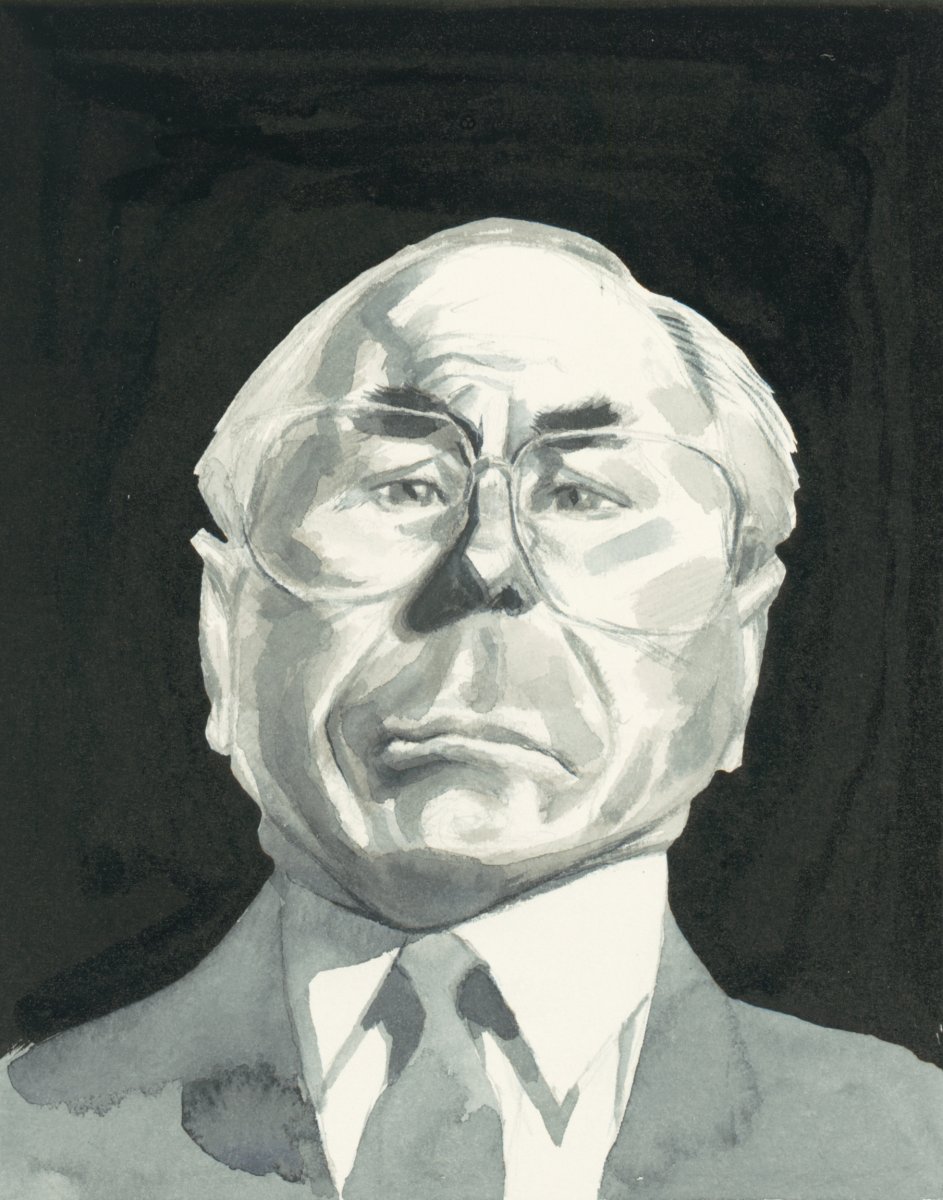
John Spooner (1946 – )
John Howard c.1989-2000
Pictures Collection
nla.cat-vn3083727
Stop Laughing, This Is Serious
By the middle of the twentieth century cartoonists had established themselves as an essential part of Australian print culture. Cartooning stars such as Bruce Petty, Les Tanner and Alan Moir fought for, and won, the right to express their opinions largely free of editorial interference. And artists such as Martin Sharp and Michael Leunig experimented with new techniques and subject matter that expanded the role of the cartoonist. Cartoons had moved on from simply providing amusing illustrations to challenging our politicians and observing Australian culture and society.
Stan Cross (1888-1977)
For gorsake stop laughing - this is serious! 1933
Pictures Collection
nla.cat-vn6816730
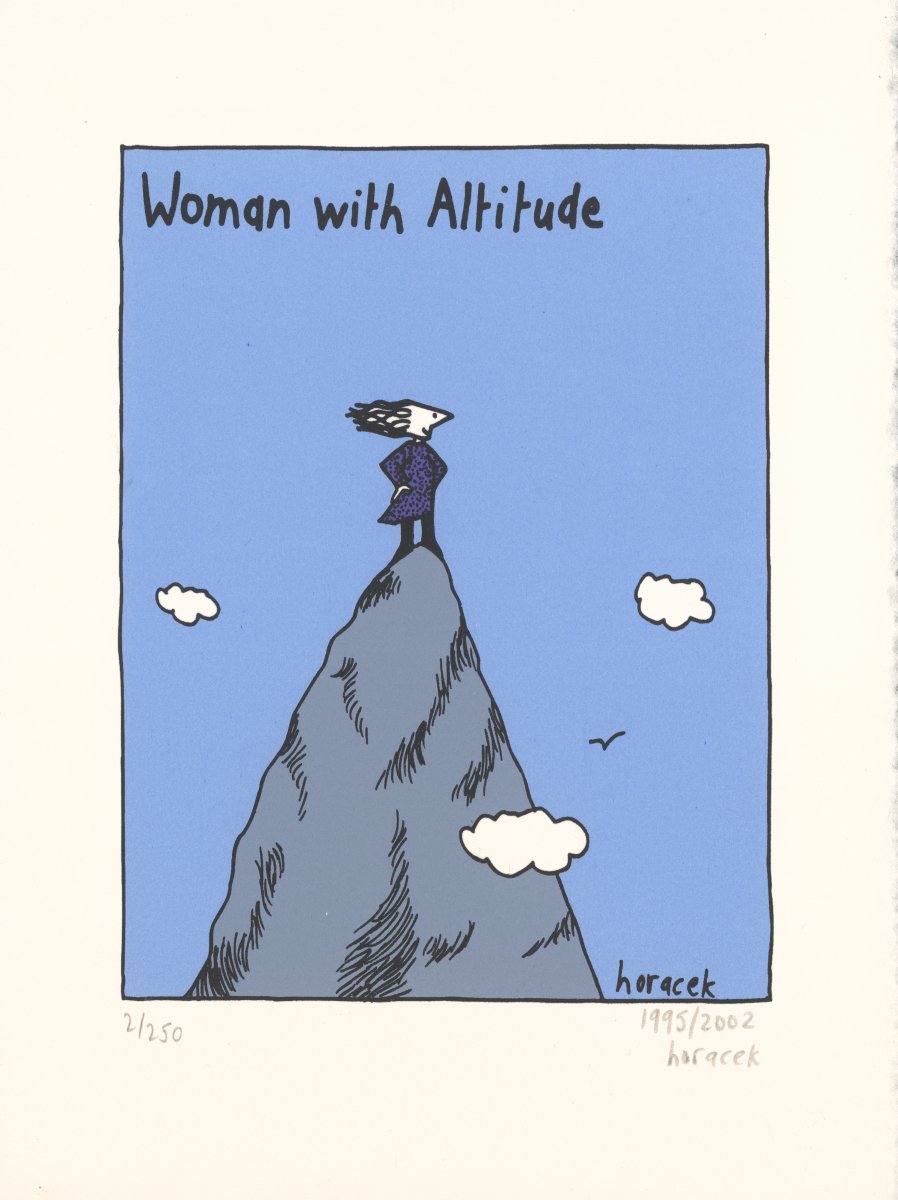
Judy Horacek (1961 – )
Woman with altitude 1995
Pictures Collection
nla.cat-vn3722383
Cartooning in the 21st Century
By the start of the twenty-first century the economics of cartooning had undergone a fundamental change. A new breed of freelance cartoonist, often working on screen in a home studio, emerged to meet the demand for cartoon images. Women cartoonists, such as Cathy Wilcox and Judy Horacek, represented a new voice in what had been a very male-dominated industry for most of the twentieth century. While less numerous than before, Australian cartoonists continued to provide a source of entertainment and commentary about life in Australia.
Geoff Pryor (1944 – )
Doors of the white Australia policy crypt hanging open and the ghost of death seen floating away from cemetery 31 August 2001
Pictures Collection
nla.cat-vn5153596
Judy Horacek (1961 – )
Perfect Sunset 6 April 2006
Pictures Collection
nla.cat-vn3724219
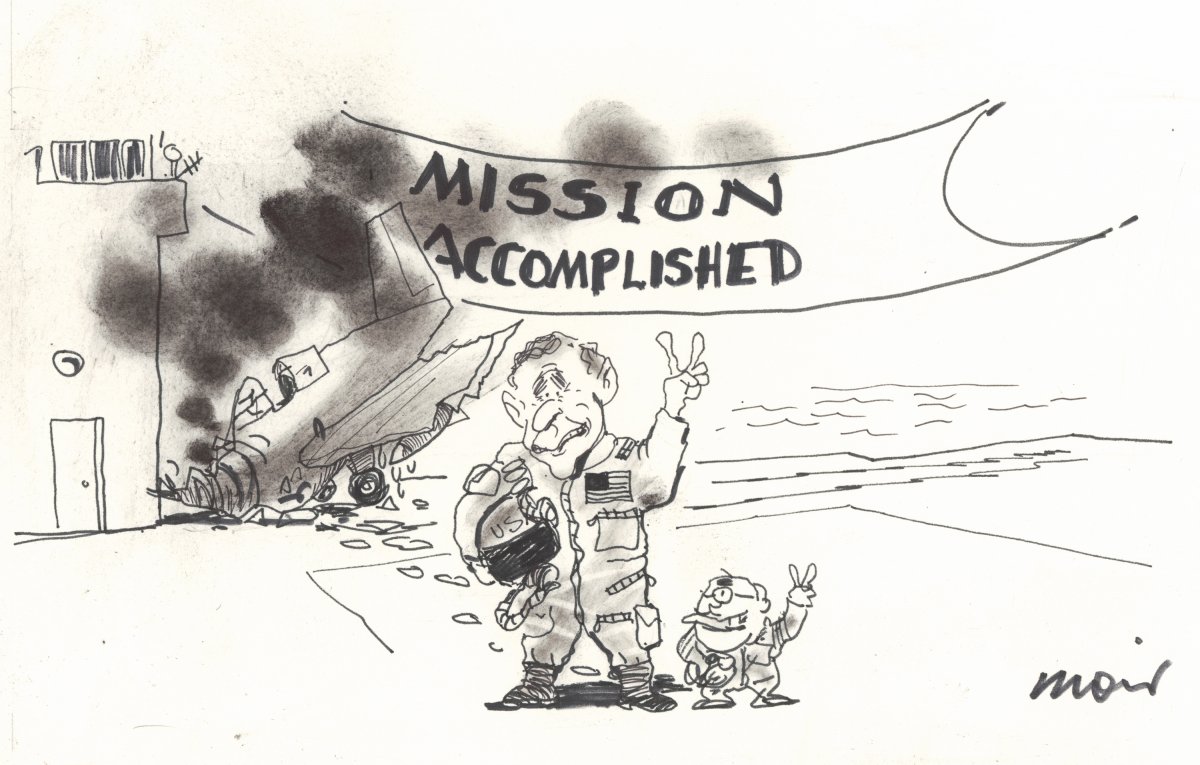
Alan Moir (1945 – )
Mission accomplished 2004
Pictures Collection
nla.cat-vn3539594
